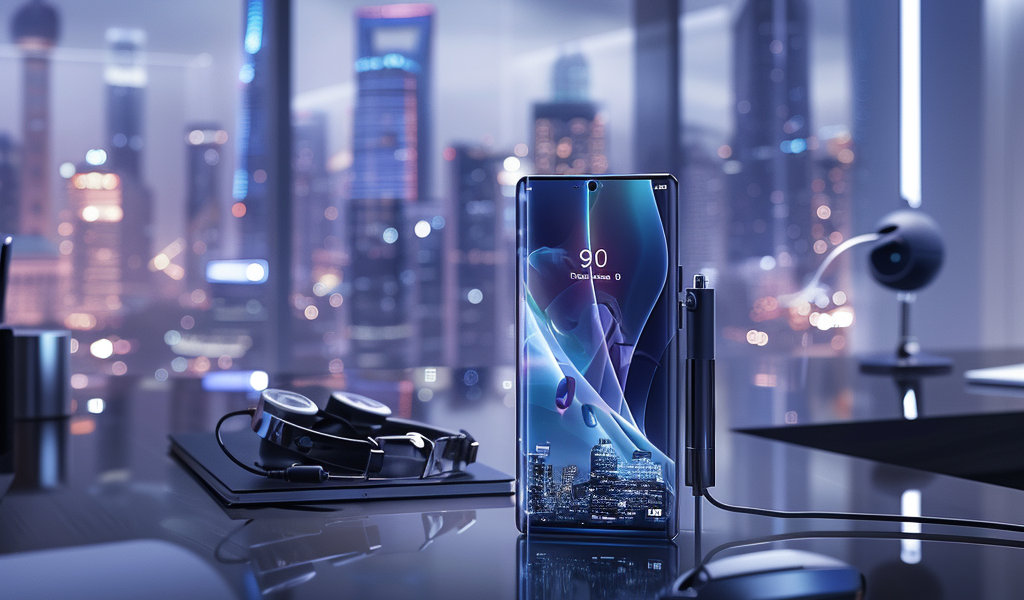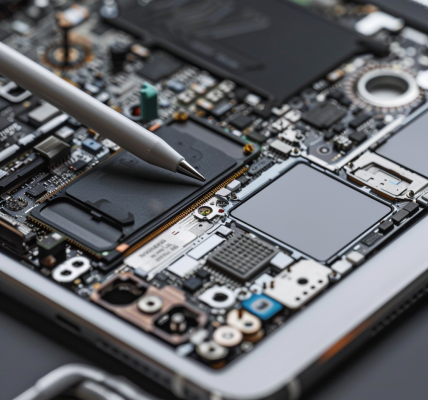The smartphone landscape continues to evolve, with Qualcomm’s latest chipset, the Snapdragon 8 Elite, making headlines for both its promising specifications and its real-world performance challenges. Recently, the first commercial device featuring this new processor, the Realme GT7 Pro, has raised eyebrows due to its benchmark manipulations and thermal issues.
Launched in China, the Snapdragon 8 Elite is touted as Qualcomm’s most ambitious smartphone processor to date. It introduces custom Oryon CPU cores, featuring two prime cores that clock in at an impressive 4.32GHz and six performance cores at 3.53GHz. Unlike previous models, this chipset does not include smaller cores, aligning its architecture more closely with competitors like Apple and MediaTek. Qualcomm claims that users can expect a 45% increase in both single-core and multi-core performance compared to its predecessor, the Snapdragon 8 Gen 3, alongside a 44% gain in efficiency.
Moreover, the Snapdragon 8 Elite boasts a revamped GPU built on a sliced architecture. This innovative design separates shader cores and fixed function blocks into distinct slices, enhancing performance and efficiency while allowing for more precise power management. Qualcomm has asserted that users can anticipate 40% faster graphics performance and a 35% improvement in ray tracing capabilities.
Despite these impressive specifications, the Realme GT7 Pro’s performance has raised some concerns. Early benchmarks and stress tests conducted on the device have revealed significant thermal issues that hinder its performance capabilities. During rigorous testing using 3DMark’s GPU stress tests, the Realme GT7 Pro encountered severe overheating, ultimately leading to the app crashing mid-test. This incident not only limited the functionality of the device, restricting the use of applications to essential tasks like making calls, but also raised alarms about the device’s thermal management.
Initially, the phone struggled to complete any of the GPU stress tests, which included the Wild Life Stress Test, Wild Life Extreme Stress Test, and Solar Bay Stress Test. Attempts to switch from the default balanced performance mode to a power-saving mode did not alleviate the overheating issues, as the 3DMark application continued to shut down due to excessive heat.
This situation has sparked discussions within the tech community regarding the Snapdragon 8 Elite’s real-world viability. While the specifications suggest a powerful chipset capable of handling demanding tasks, the thermal performance of the Realme GT7 Pro raises questions about the practical application of this technology in everyday use.
As the smartphone market continues to witness rapid advancements, manufacturers will need to address these performance issues to ensure that consumers receive devices that not only promise high specifications but also deliver reliable performance without overheating. The upcoming launch of the Realme GT7 Pro in China on November 4, followed by its introduction to other markets, will be a critical moment for both Realme and Qualcomm as they aim to establish the Snapdragon 8 Elite as a leading chipset in the competitive smartphone landscape.
With the smartphone industry constantly evolving, it will be interesting to see how Realme and other manufacturers leverage the capabilities of the Snapdragon 8 Elite while addressing the challenges that have arisen during early testing. As consumers await the broader availability of the Realme GT7 Pro, the performance of the Snapdragon 8 Elite will be under close scrutiny, and its success may hinge on the ability to balance power with thermal efficiency.





